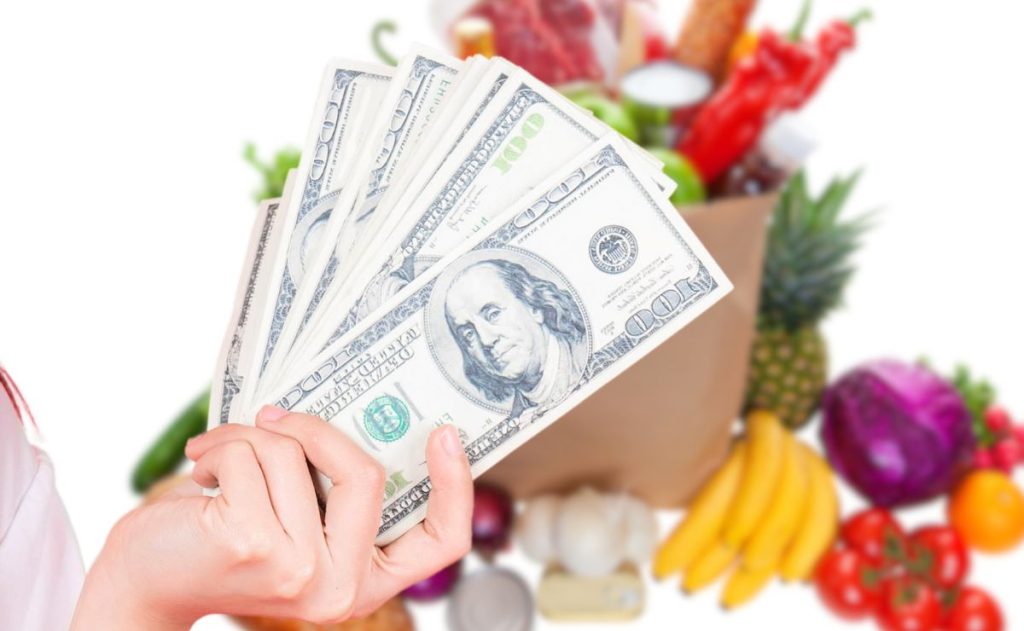In a bid to address the rising cost of living, the U.S. Department of Agriculture Food and Nutrition Service (FNS) has implemented crucial adjustments to the Supplemental Nutrition Assistance Program (SNAP benefits) for the fiscal year 2024.
These modifications, known as Cost of Living Adjustments (COLA), have resulted in increased maximum allotments and shelter caps for most states and territories. However, not all regions experienced the same outcome, as Hawaii saw a reduction in SNAP benefits for a family of four.
The Incremented SNAP Benefits for 2024
The COLA adjustments, effective since October 1, 2023, mark a significant stride in supporting the basic standard of living for SNAP beneficiaries. Families in the 48 contiguous states, as well as D.C., Alaska, Guam, and the U.S. Virgin Islands, can now anticipate a boost in their monthly SNAP benefits. The adjustments aim to provide financial relief to those grappling with the ever-growing expenses associated with daily life.
For residents in Hawaii, the paradise destination known for its high cost of living, the news brings a sobering reality. The SNAP benefits for a family of four in Hawaii have decreased from $1,794 to $1,759 per month. While the reduction may seem modest, it underscores the unique economic challenges faced by the island state.
In contrast, families in the remaining 48 states will see a tangible improvement in their monthly benefits. The COLA adjustments translate to an additional $34 per month for a family of four, providing a welcomed supplementary income to help cover essential expenses.
Maximum Food Stamps You Could Claim This Year
The maximum allotments for SNAP (Supplemental Nutrition Assistance Program) in the 48 contiguous states and D.C. from October 2023 to September 2024, as outlined on the USDA website, vary based on household size.
For a single-person household, the maximum allotment is $291, increasing incrementally for larger households. A two-person household is eligible for up to $535, while a three-person household can receive a maximum of $766. The allotments continue to rise, reaching $1,751 for a household of eight.
Additionally, for each additional person beyond eight, there is an extra allotment of $219. These allotments represent the highest levels of assistance available to eligible households, taking into account their respective sizes and associated needs during the specified time period.
Maximum Income Caps
Benefits tend to be higher for households in Hawaii, Alaska, Guam, and the U.S. Virgin Islands. In Alaska, for instance, a family of four could receive a maximum benefit of up to $1,937.
Monthly income eligibility standards have undergone changes for the 48 contiguous U.S. states and D.C., as well as Alaska, Hawaii, Guam, and the U.S. Virgin Islands. The maximum gross monthly income cap, set at 130% of the federal poverty level, varies based on household size:
For a single-person household, the cap is $1,580, increasing to $2,137 for a two-person household, and so on, up to $5,478 for a household of eight. An additional $557 is added for each extra person beyond eight. These adjustments aim to reflect the unique economic circumstances of different regions and ensure that assistance is appropriately tailored to the varying needs of households.
Farmers Market Cash Boosts Available Through Food Stamps
For those who perceive farmers markets as costly, a compelling incentive to explore one has emerged. Some markets, under the Market Match initiative in California, offer a unique benefit for Electronic Benefit Transfer (EBT) cardholders. By presenting their EBT card, individuals can select the desired amount to withdraw, receiving tokens equivalent to double that value. Essentially, this translates to either doubling the purchasing power or enjoying a 50% discount on acquired goods.
Market Match, operating statewide, allocates funds to farmers markets, exclusively benefiting EBT cardholders. Participants in this program can solely utilize the allocated funds for market purchases, symbolized by tokens instead of conventional cash. While not all farmers markets partake in this initiative, the Farmers’ Market Finder online tool simplifies the search. By entering your zip code, a curated list of nearby participating markets becomes readily accessible, facilitating informed choices for cost-effective fresh produce shopping.
